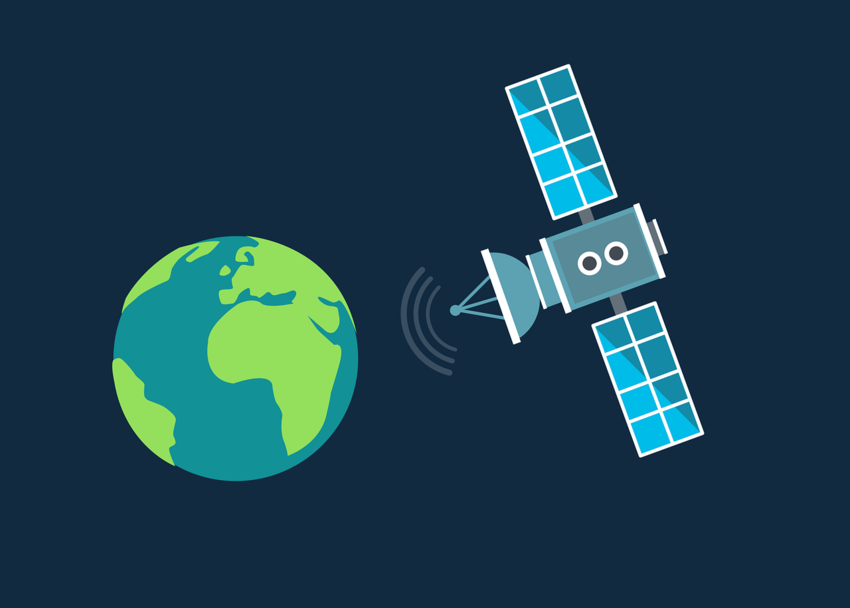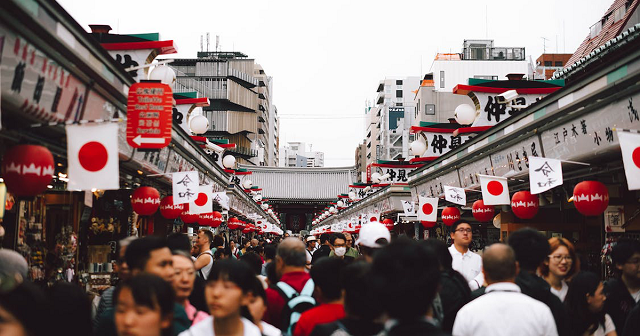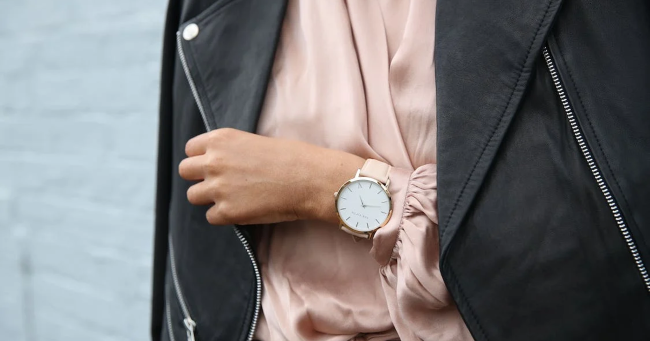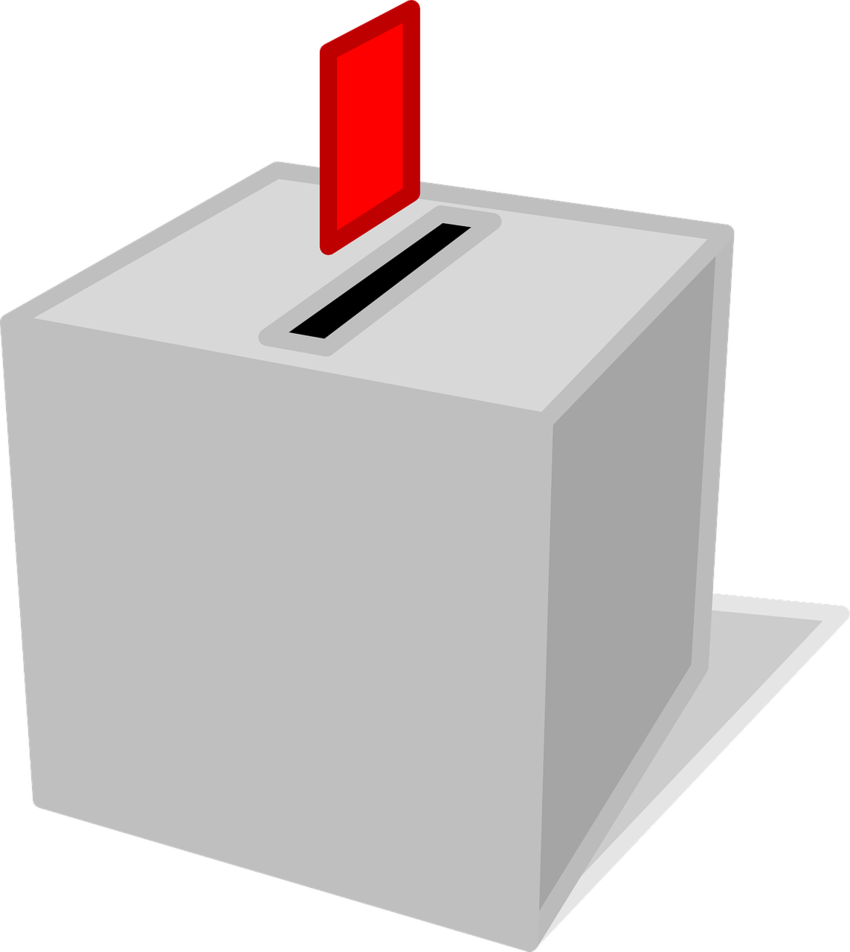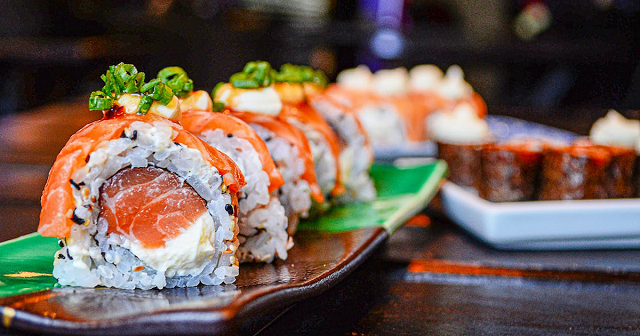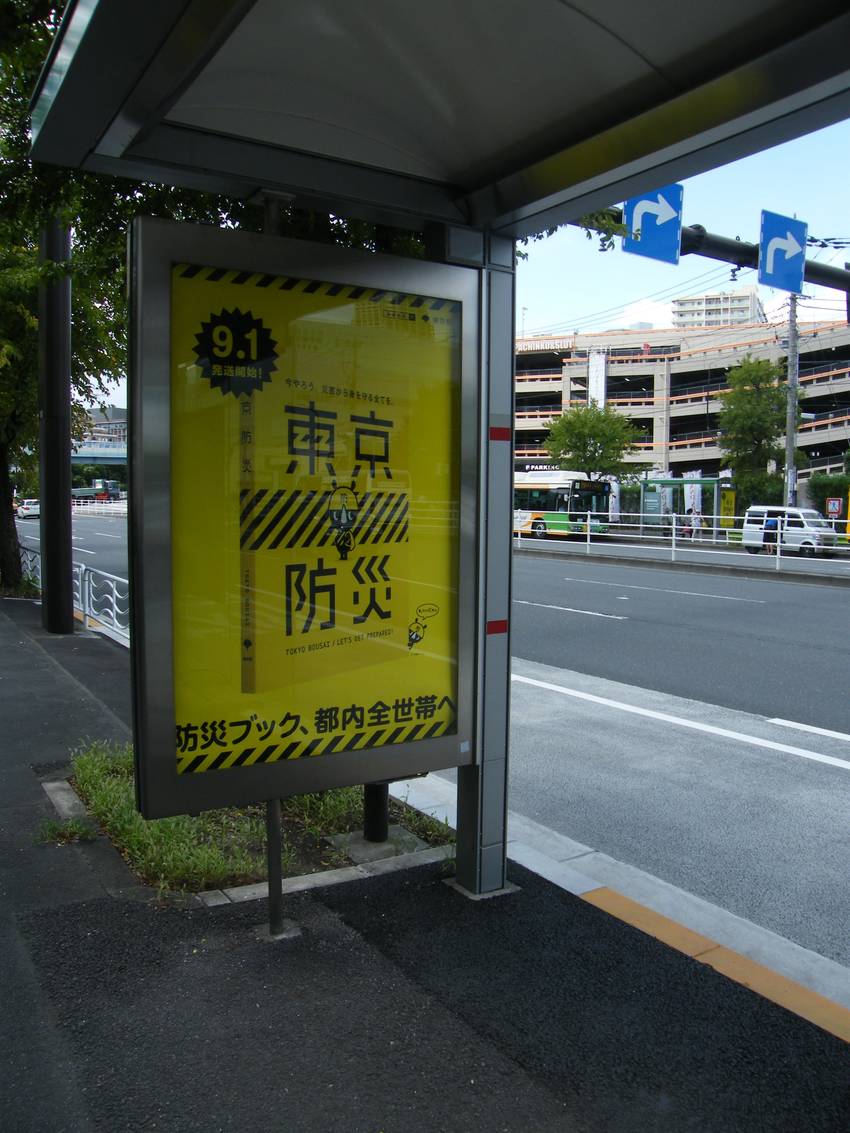Nippon de wa, kuruma no chūsha wa bakku kara chūshasuru “ushiromuki chūsha” ga kihon to natteimasu. Sore nitaishite, Amerika ya Yo-Roppa de wa maemuki chūsha ga hotondo desu. Nippon de wa naze ushiromuki chūsha ga ōi no deshō ka. Riyū toshite agerareru no wa, jinkō mitsudo no takasa desu. Nippon no chūshajō wa menseki ga kagirareteirutame, bakku chūsha o shiteireba deru koto ga motto anzen de raku ni naru kara desu.
In Japan, the basic method of parking a car is rear-facing parking, in which the car is parked backwards. In contrast, most cars in the United States and Europe are parked facing forward. Why is rear-facing parking more common in Japan? One reason is the high population density. Parking spaces in Japan are limited in area, and it is safer and easier to get out if you park in reverse.
sign up for the Japanese-Online Newsletter
__..-・**・-..__..-・**・-.._ あいうえお かきくけこ さしすせそ たちつてと なにぬねの はひふへほ まみむめも やいゆえよ らりるれろ わゐうゑを ん __..-・**・-..__..-・**・-.._
#JapaneseOnline #LearningJapanese #FreeJapaneseLessons #JapaneseVideoLearning #JapaneseAnime #Anime #JapaneseFood #Bloguru



